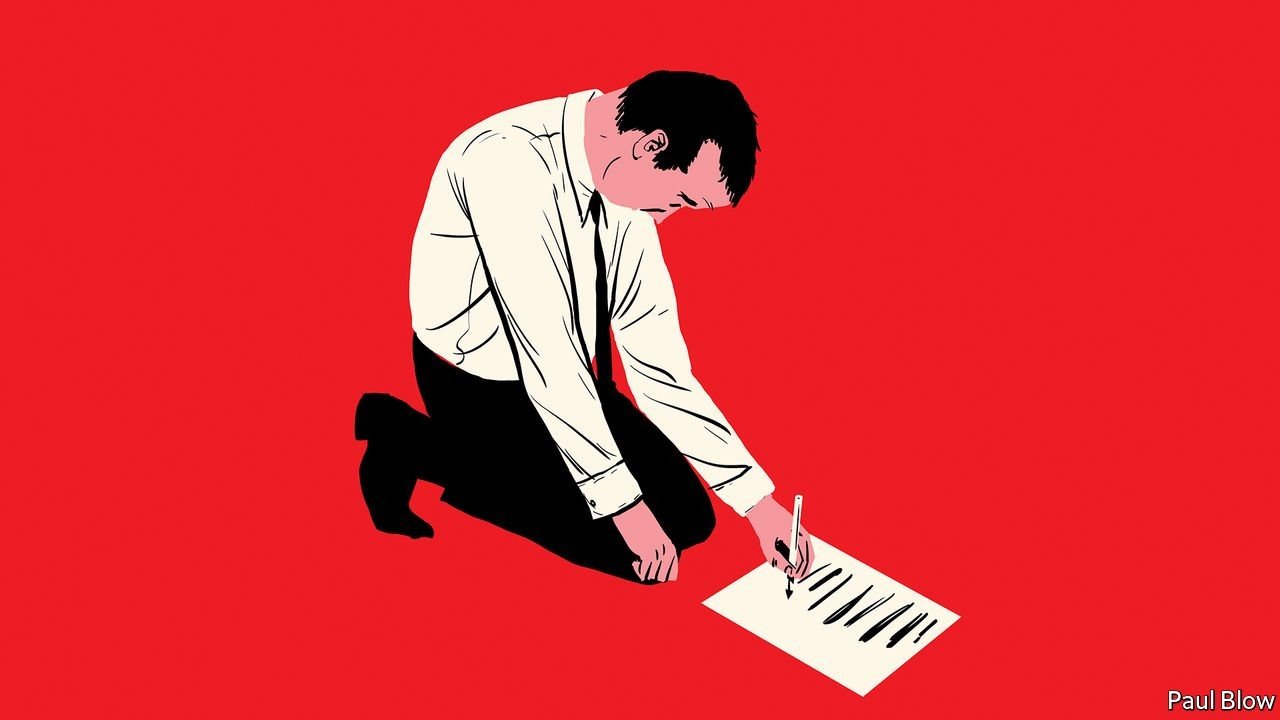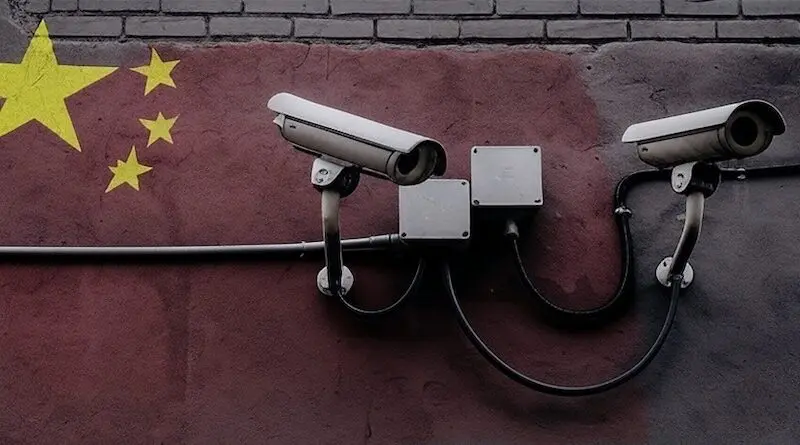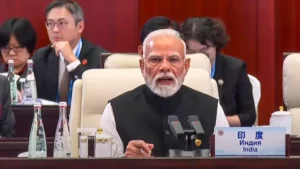China Cuts Lending Rates to Counter Deepening Economic Slowdown
China keeps slashing lending rates for the second consecutive month as the
government in the latest move to ramp up its efforts to prevent a sharp economic
slowdown. The People’s Bank of China on 20 January cuts its one-year loan prime rate
by 10 basis points to 3.7 per cent, the second cut to the rate in a month. December’s
cut was the first time the central bank touched the benchmark lending rate since April
2020, when China was in the throes of the initial coronavirus. The central bank also
trimmed its five-year loan prime rate by five basis points to 4.6 per cent, the first cut
to that rate since April 2020.
The central bank’s decision to cut both rates is the latest in a series of steps that China
has taken to loosen monetary policy, as authorities contend with a deepening slump
in the real estate market and slowing economic growth. China’s GDP expanded 8.1
per cent in 2021, according to government figures published earlier this week, but
the pace slumped in the final quarter. China’s GDP expanded just 4 per cent in the last
quarter of the year compared to a year prior, the slowest pace in a year and a half. The
world’s second-biggest economy may struggle to grow much faster than that through
- Consumption dramatically weakened amid renewed COVID-related
disruptions, such as the massive outbreaks in several provinces that led to close
entertainment venues, shut down factories, and put thousands of people in
quarantine.
Economists expect the country could struggle even more this year, as the world’s
second-largest economy tries to stave off coronavirus outbreaks with its strict zero COVID policy and as the property crisis continues to fester. Averting a collapse of
China’s real estate sector is of particular concern in China. The industry crunch began
more than a year ago when Beijing started cracking down on excessive borrowing by
developers, a move intended to rein in their high leverage and curb runaway housing
prices. But the problem escalated significantly last fall as Evergrande, China’s most
indebted developer with some $300 billion in liabilities, began warning more
urgently of liquidity problems.
Analysts have long been concerned that a collapse could trigger wider risks for
China’s property market, hurting homeowners and the broader financial system.
Even so, the latest measures are not sufficient to boost the economy, according to
analysts. The real drags on China’s economy are the rising costs of China’s zero-COVID
strategy to contain waves of coronavirus, slowing export growth and the worsening
property sector, analysts believe. The no-tolerance strategy to containing the
coronavirus has resulted in stringent lockdowns and severe isolation. Policymakers
face other constraints, too, such as a significant amount of hidden debt held by local
governments. If credit is allowed to expand too much, that could lead local
governments to borrow even more, exacerbating their debt problems.
China’s Zero-COVID Policy Serious Problem for Economy
Economists have warned that China’s zero-Covid approach to containing the virus
could spell serious problems for the economy in 2022. Beijing’s unwavering
insistence on stamping out any trace of the coronavirus, meanwhile, is facing a huge
test as authorities grapple with stubborn outbreaks and lockdown large swaths of the
population to contain them.
Meanwhile, Goldman Sachs slashed its projection for Chinese economic growth in
2022 to 4.3 per cent from 4.8 per cent, just over half of last year’s figure. They expect
consumption to be worst hit as a result of the strict COVID curbs. December’s weak
retail sales data is already showing evidence of how disruptive the coronavirus is
becoming in China.











